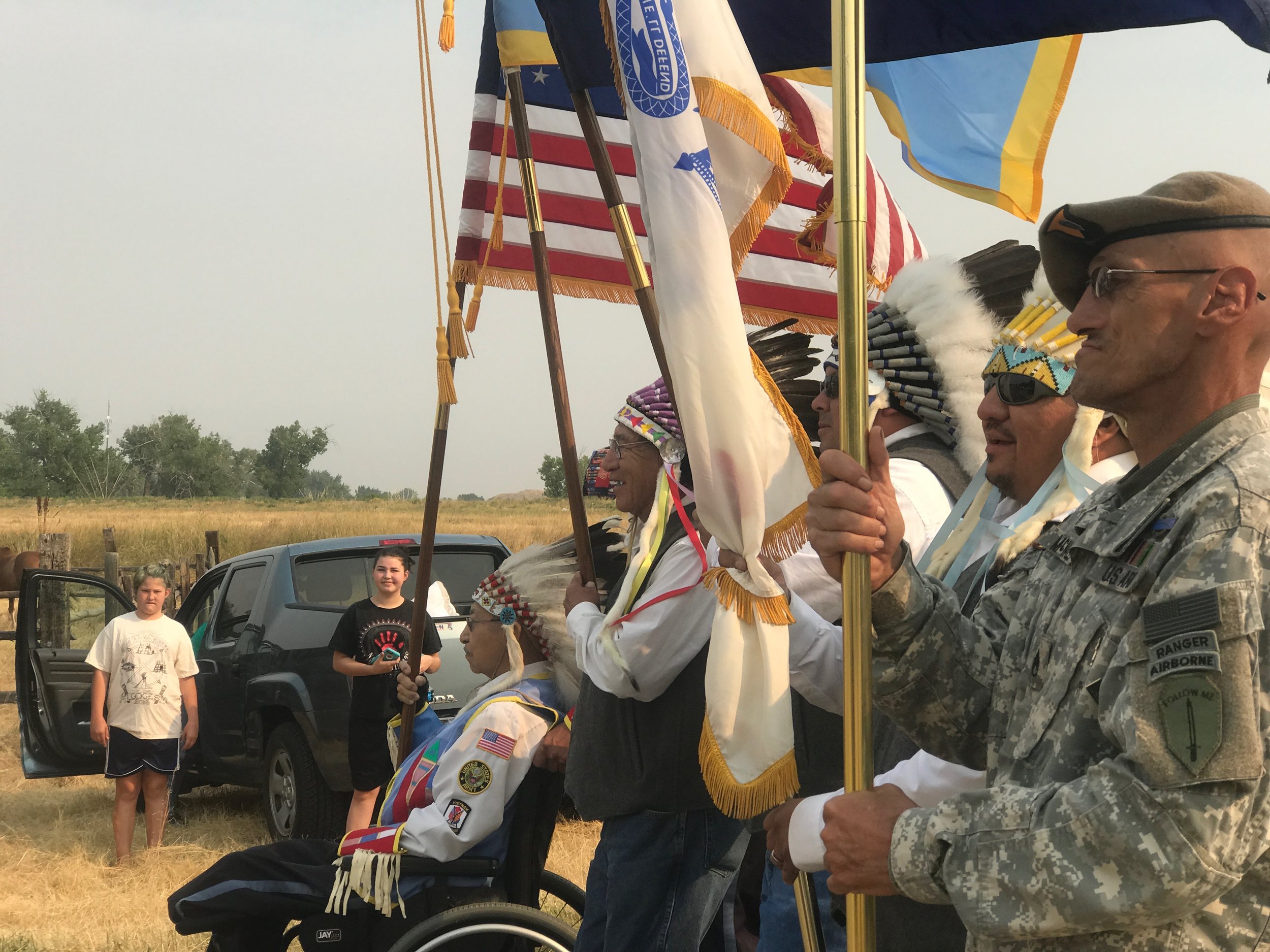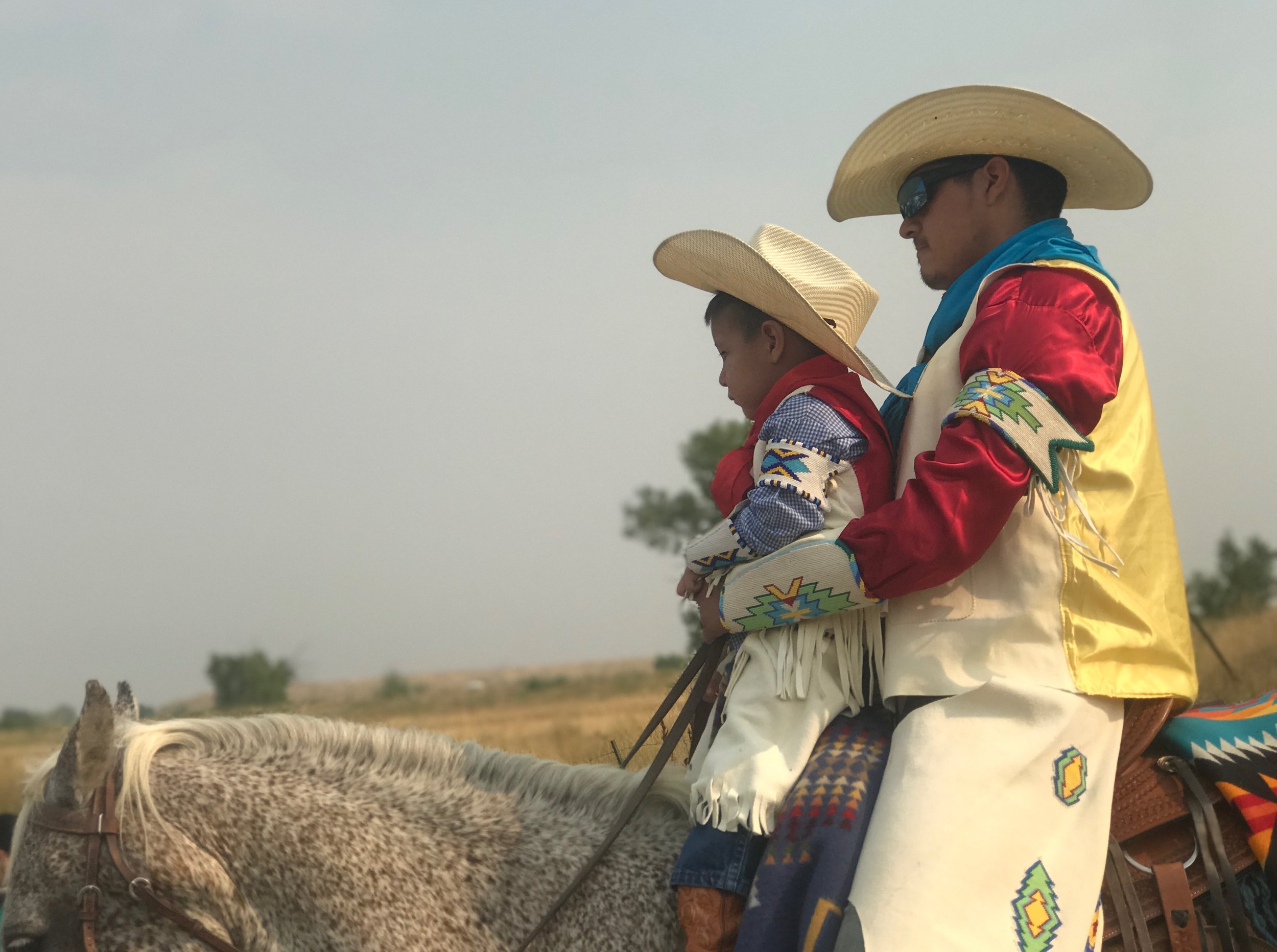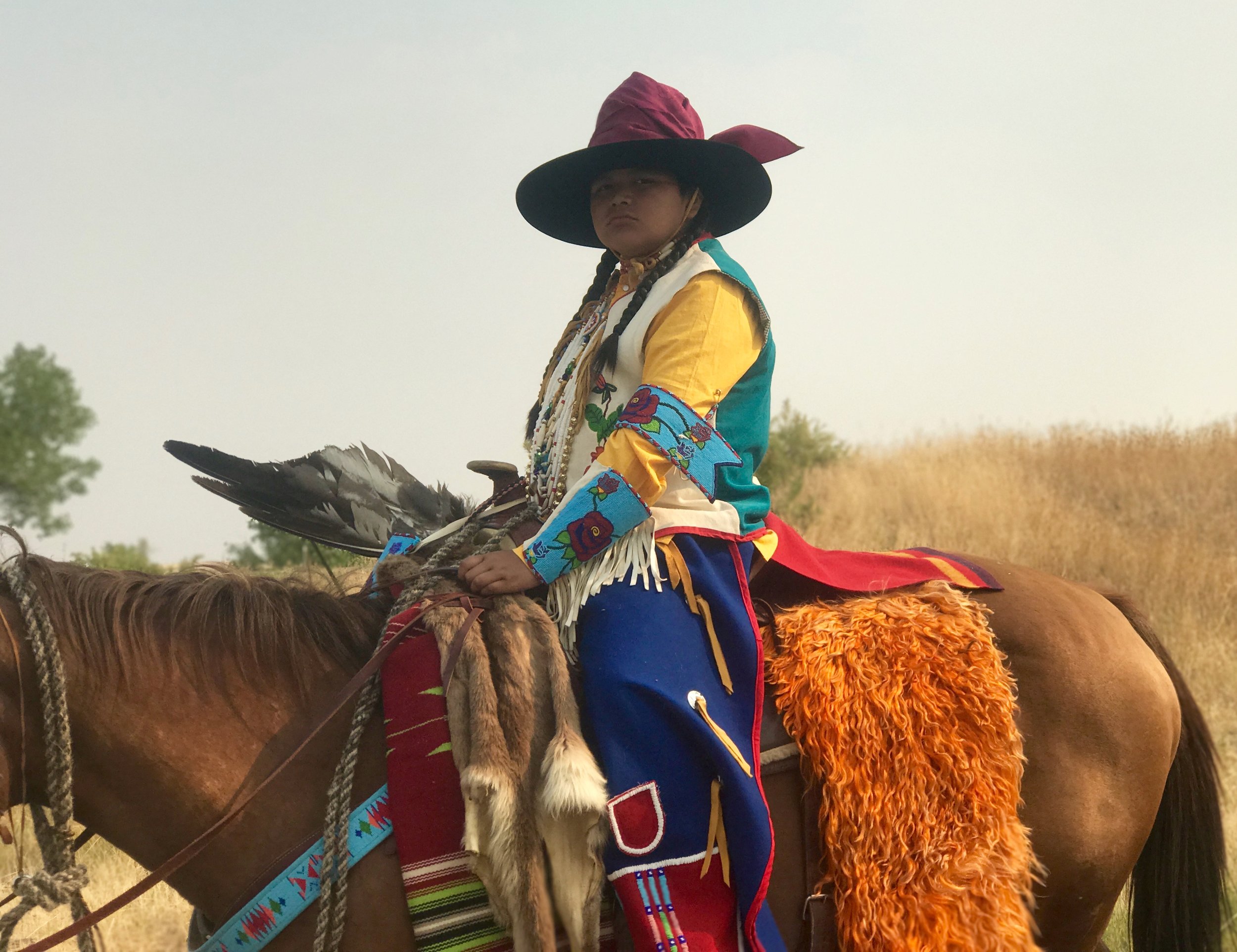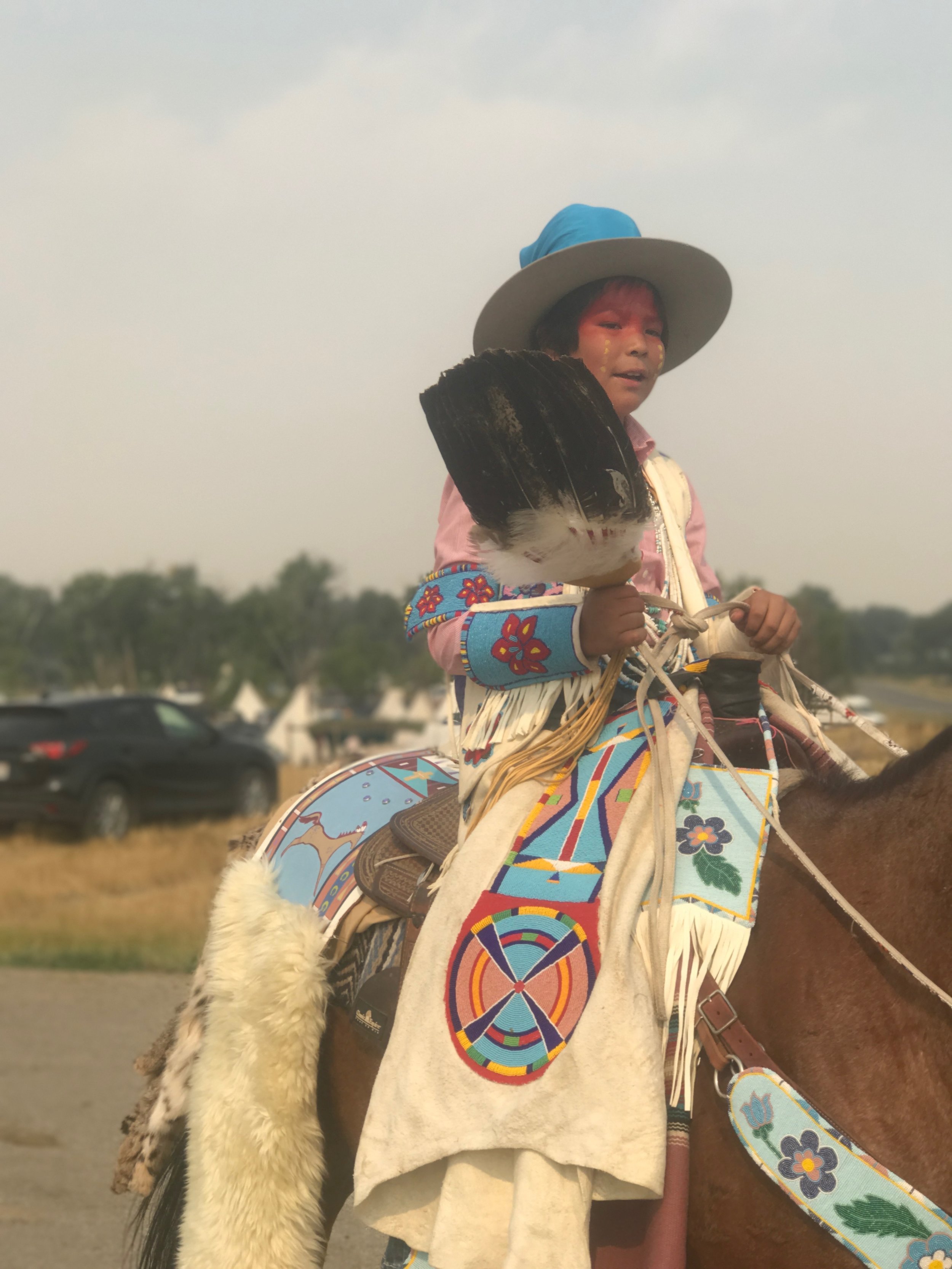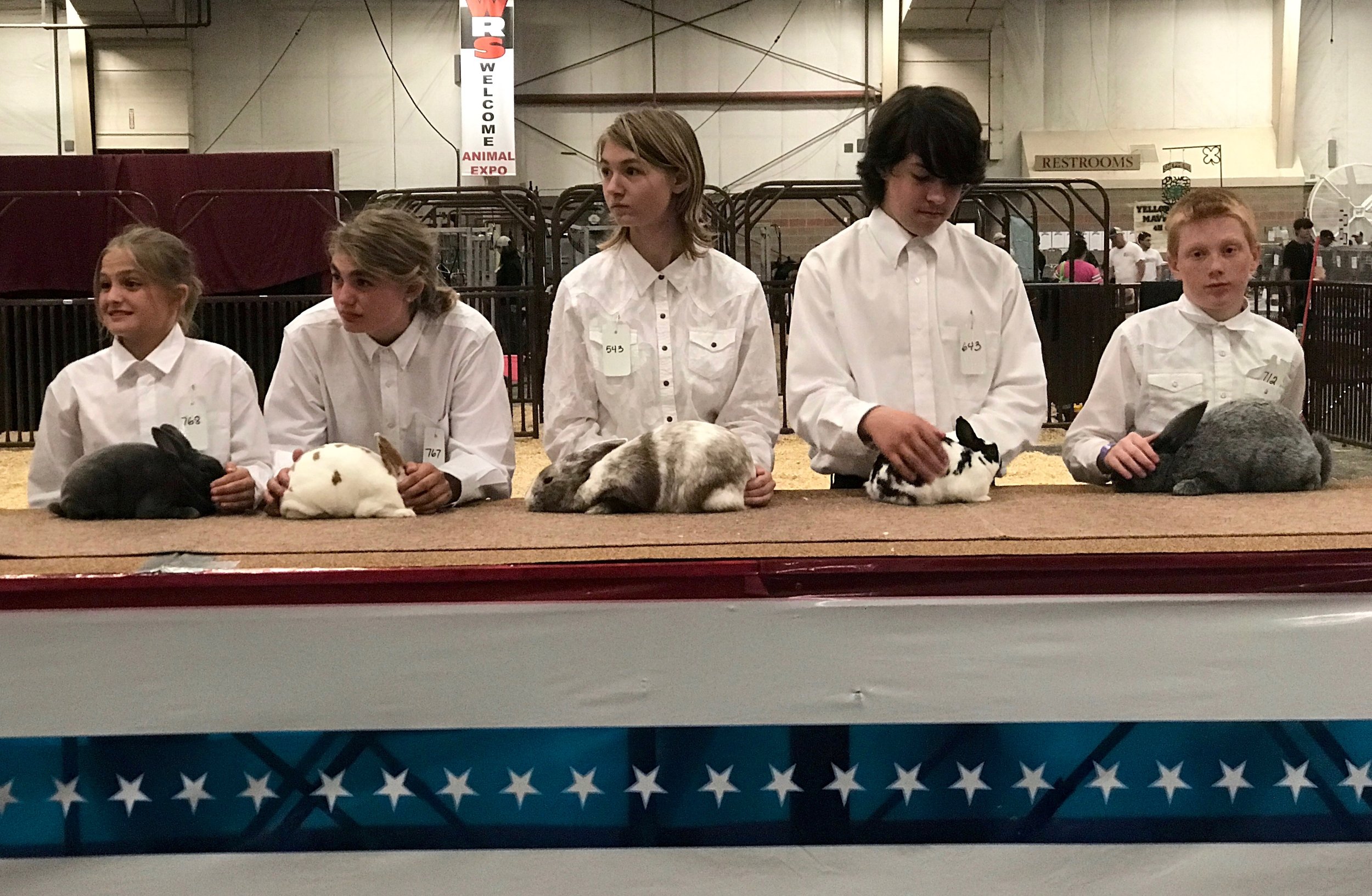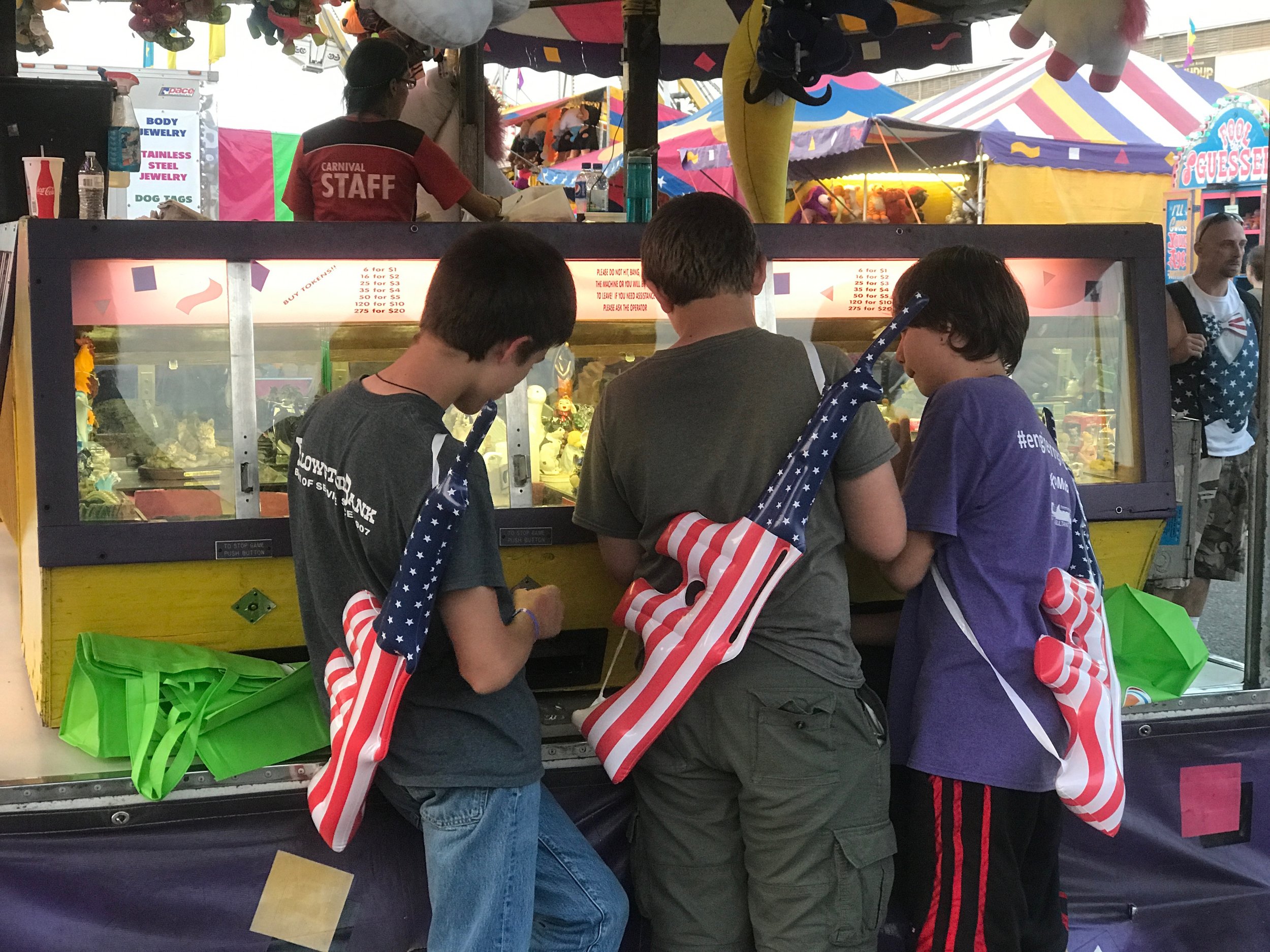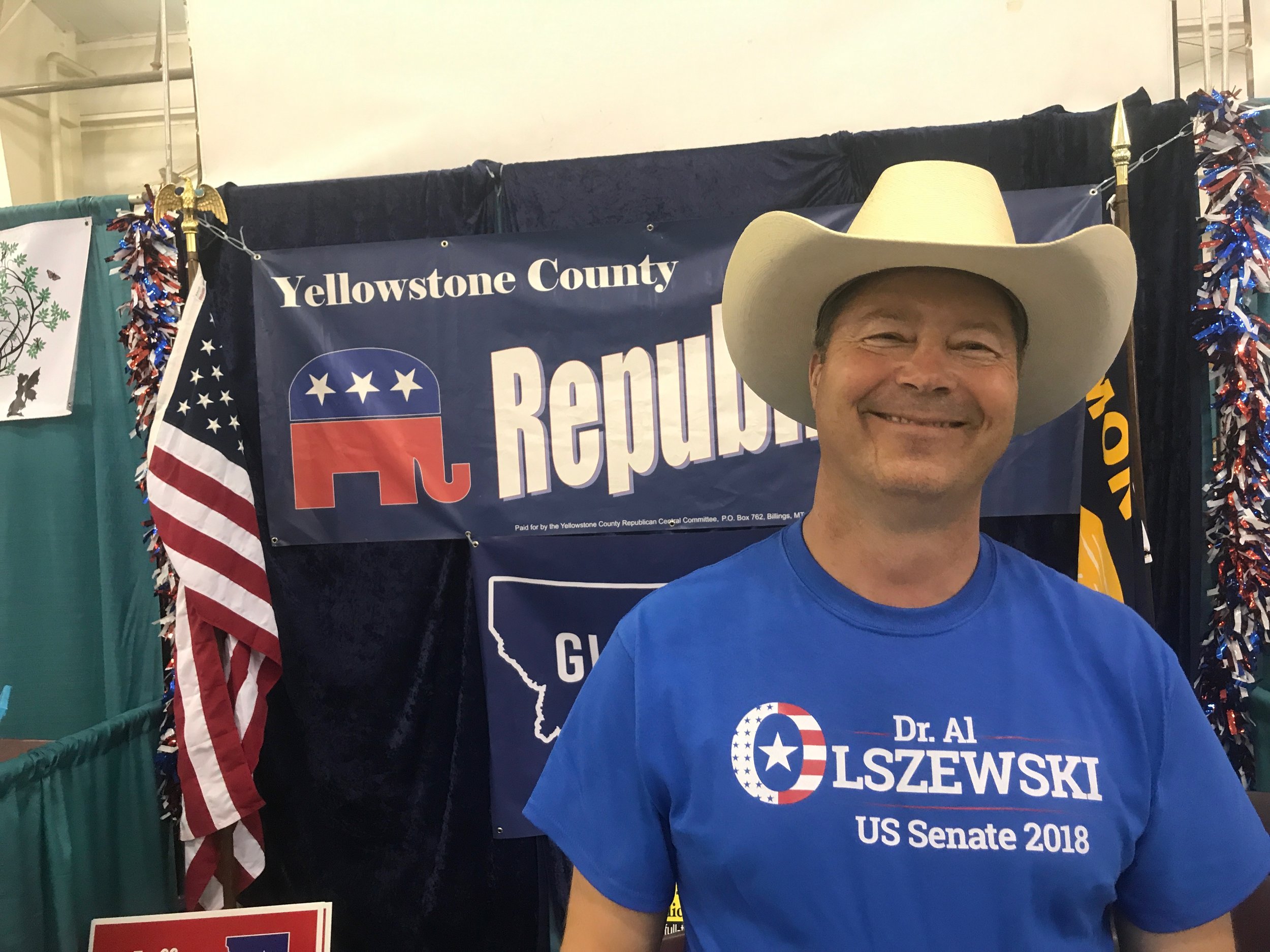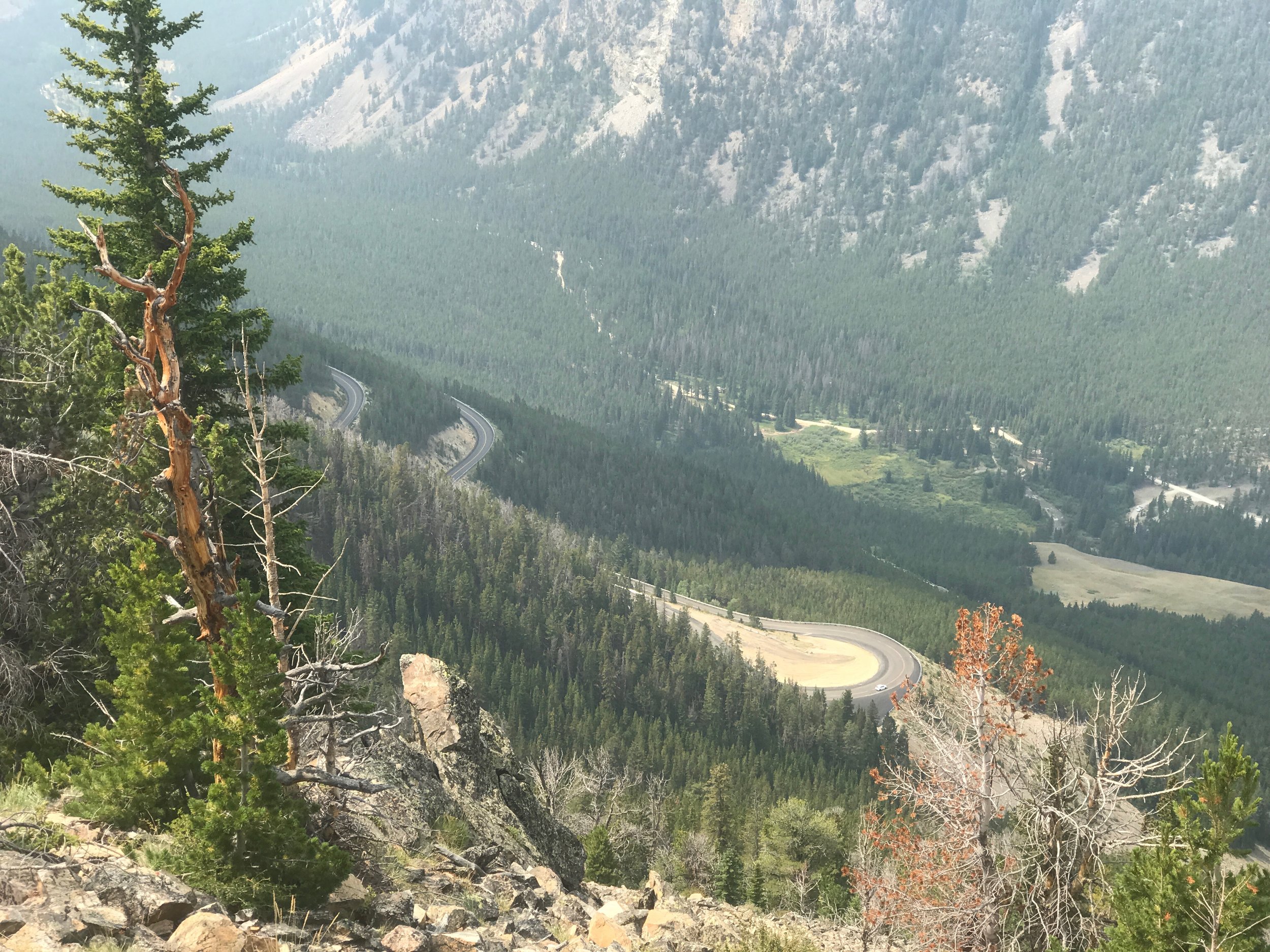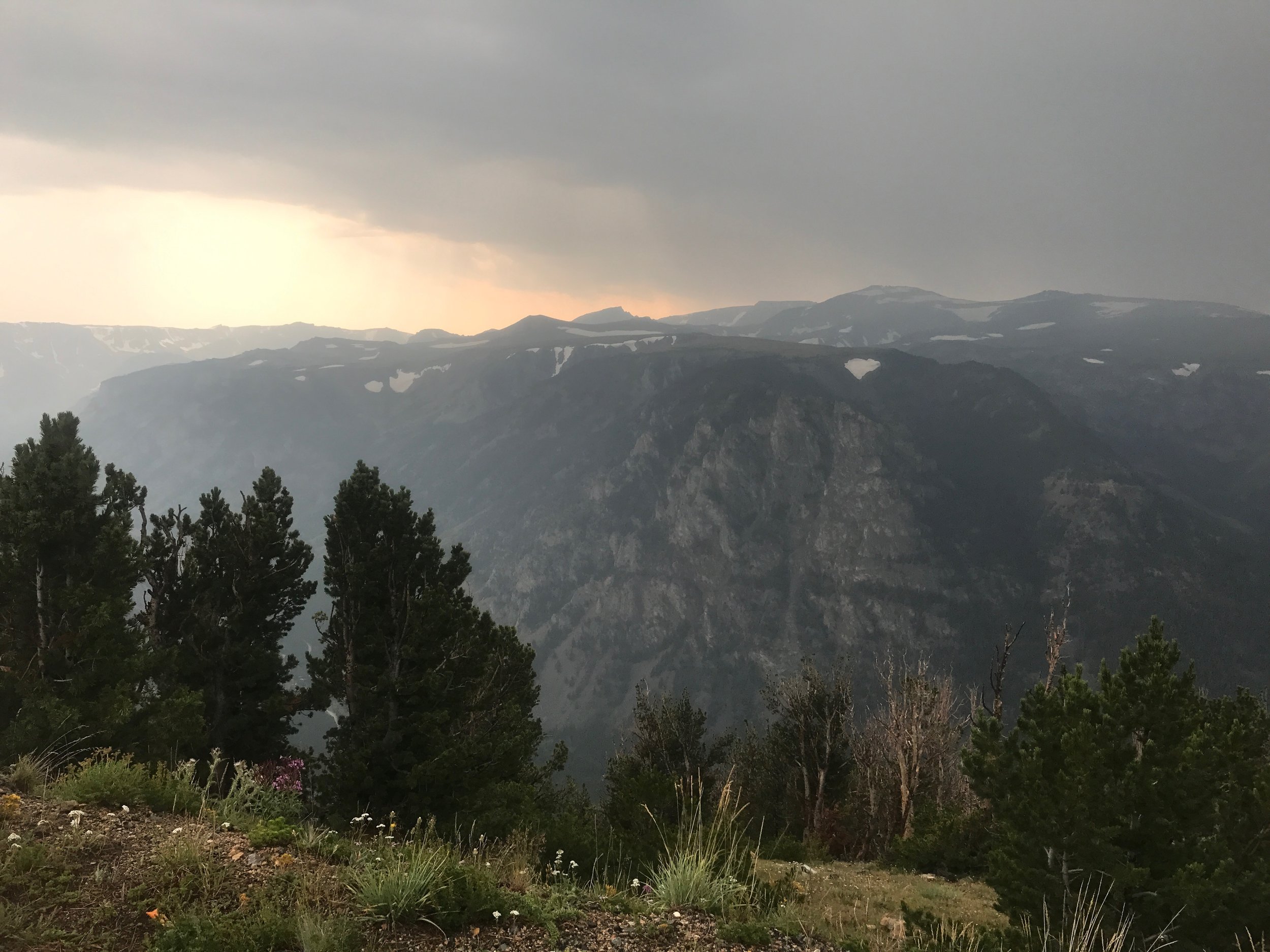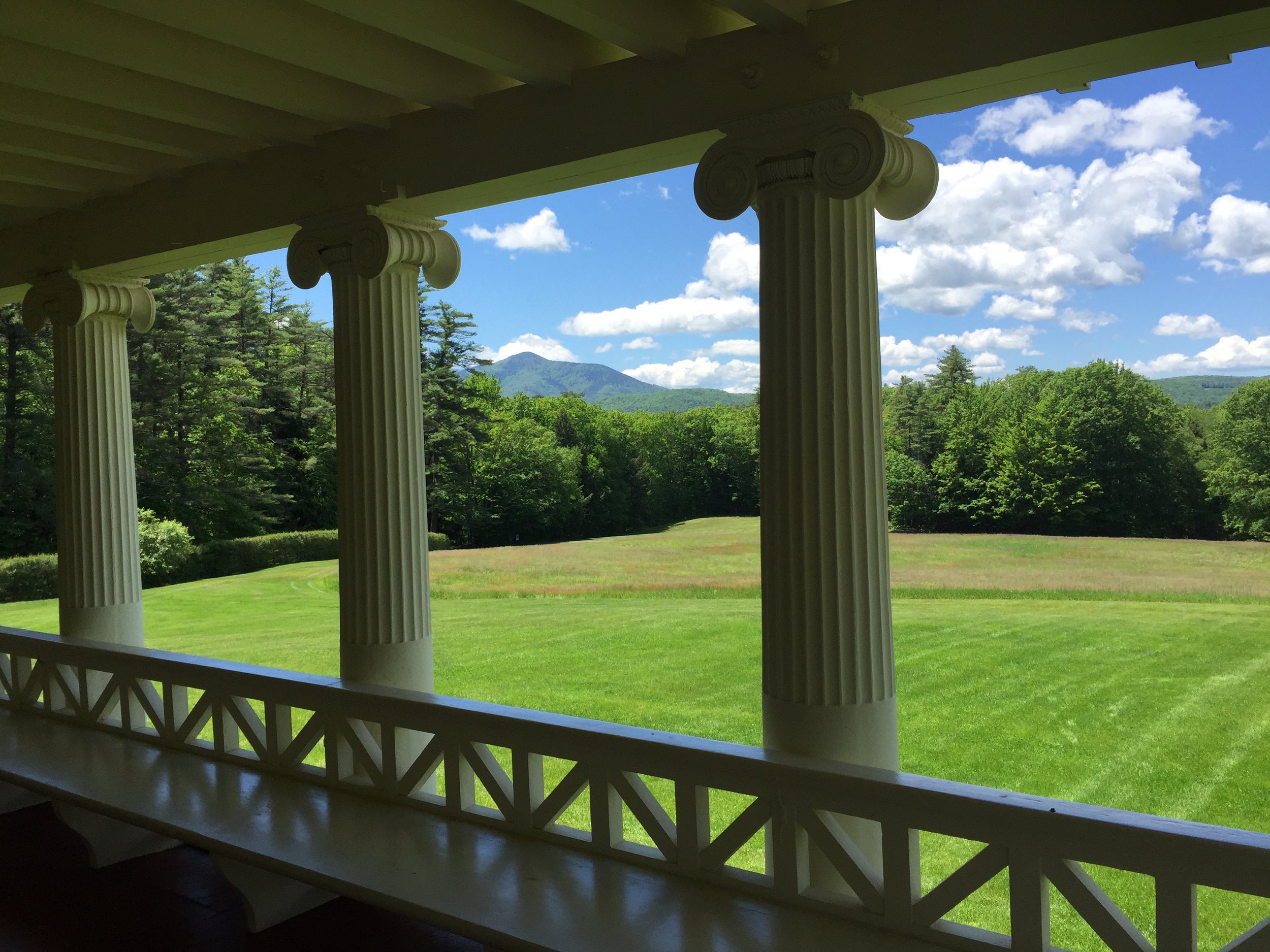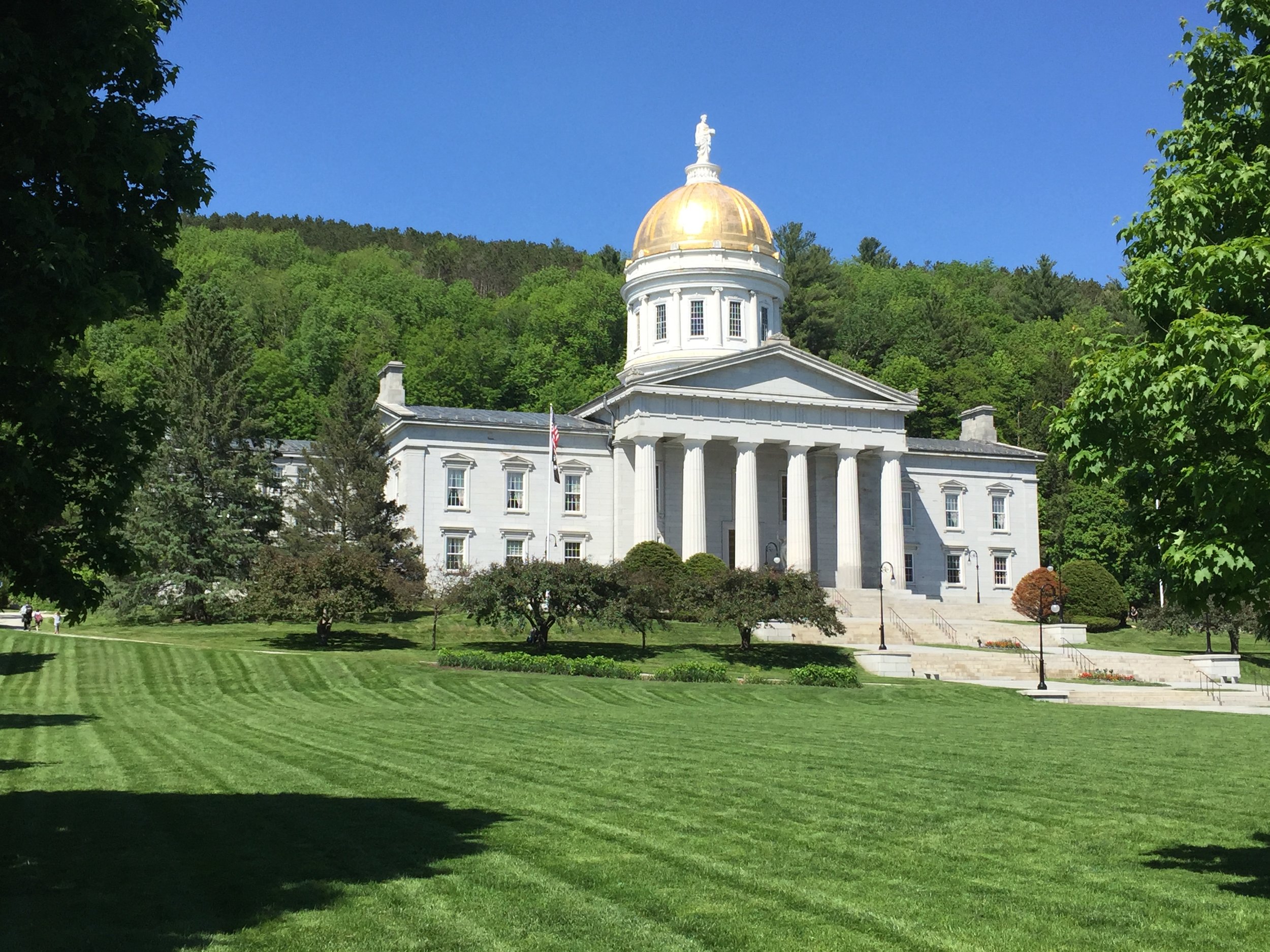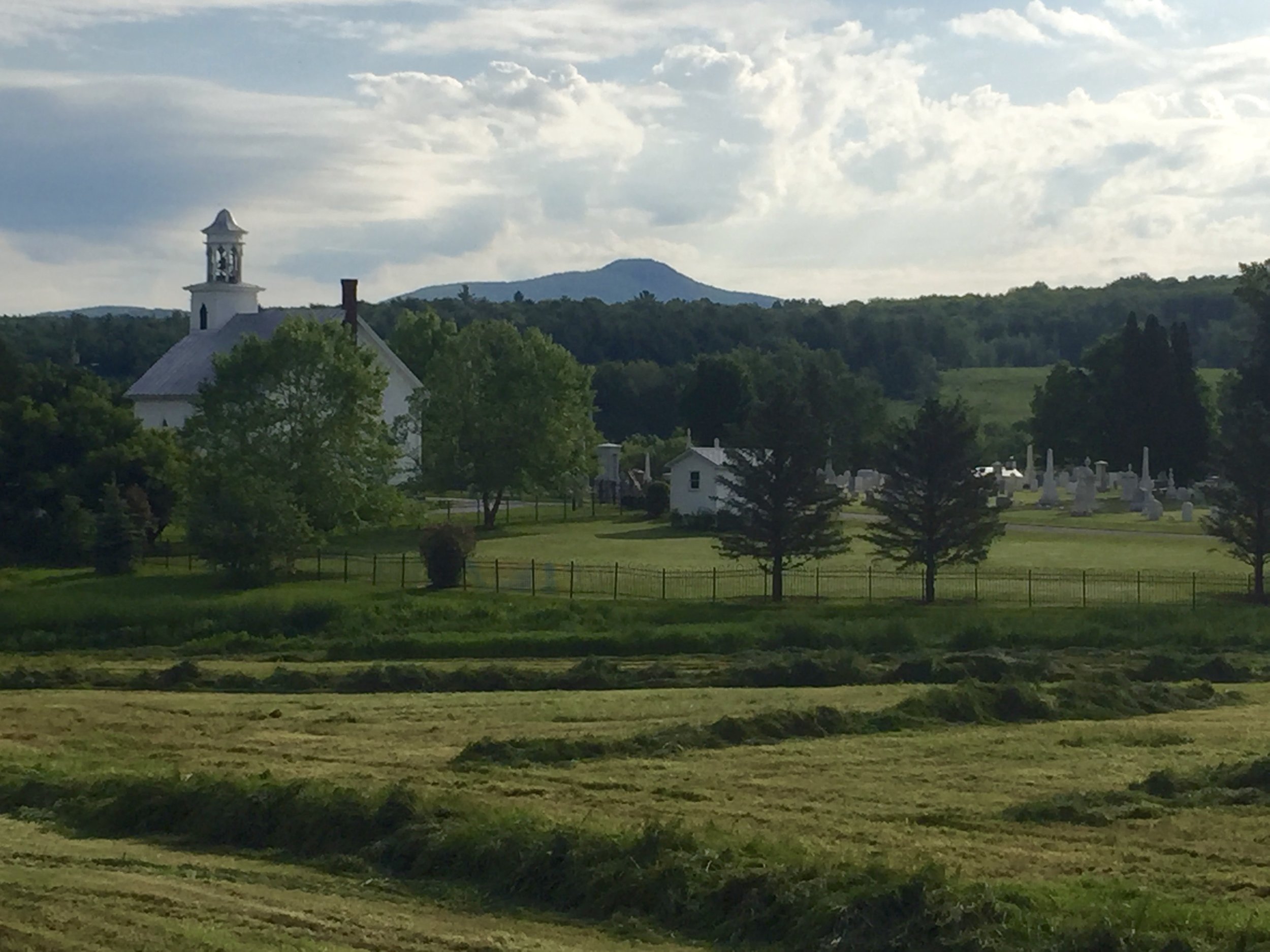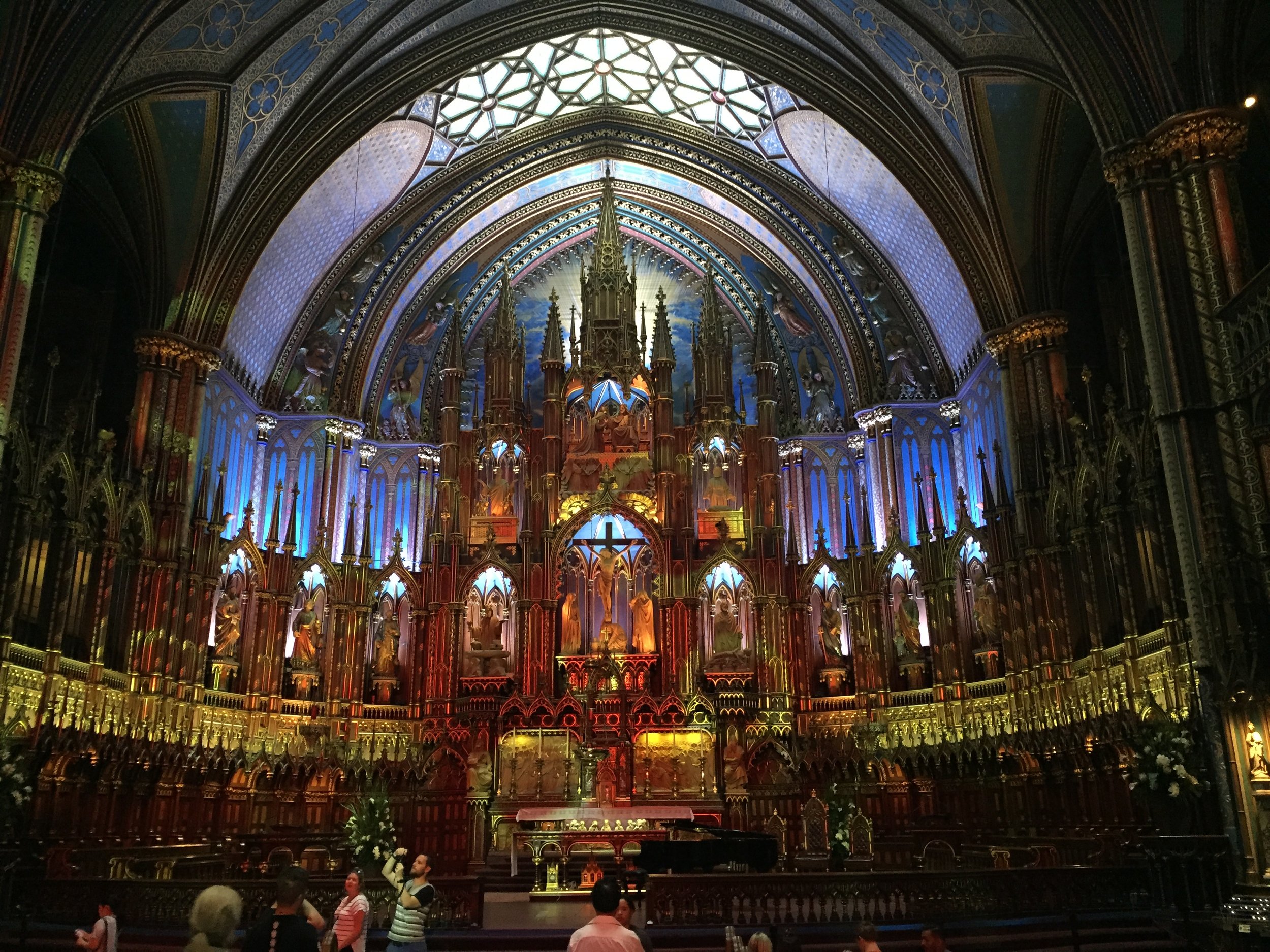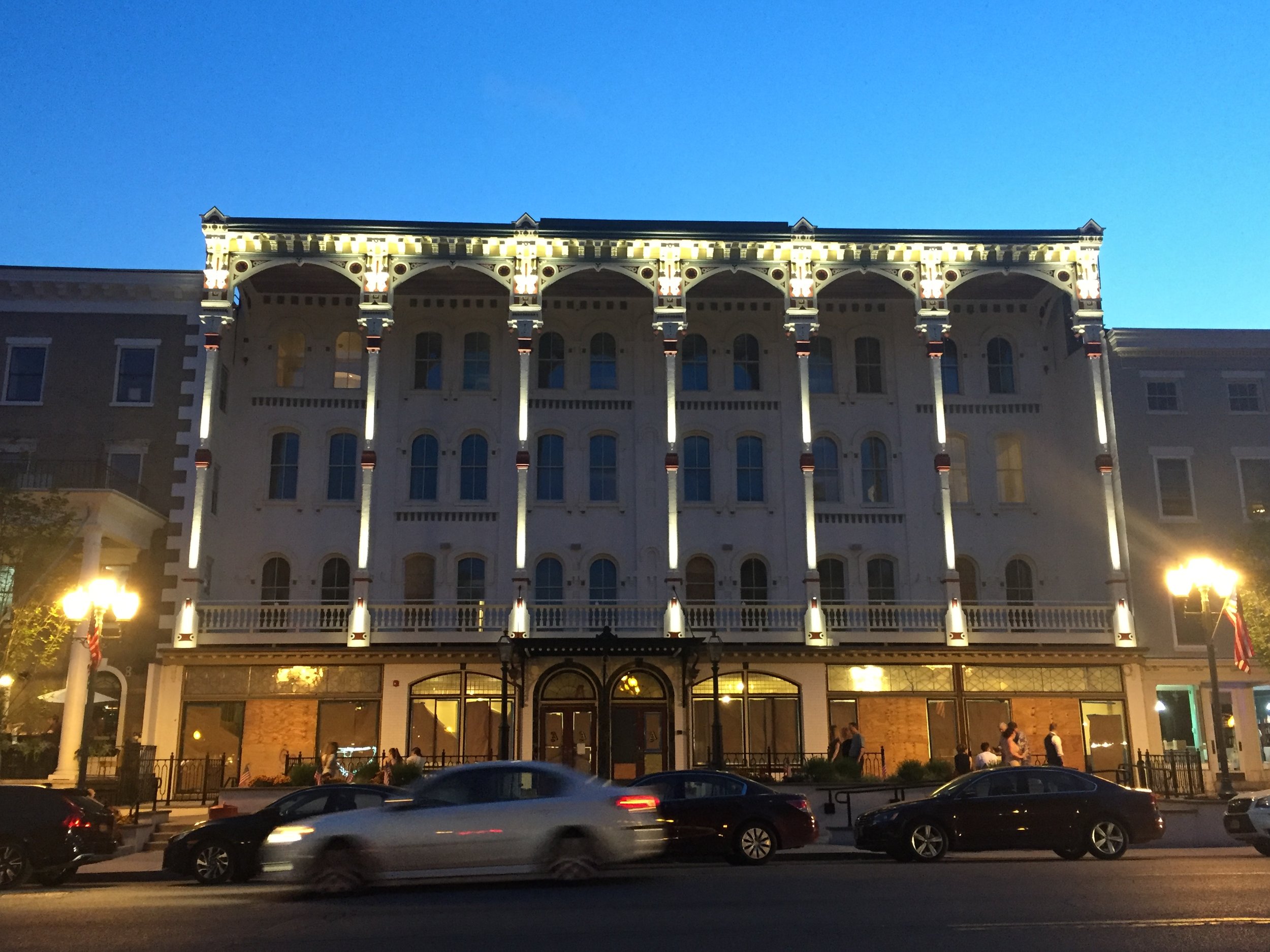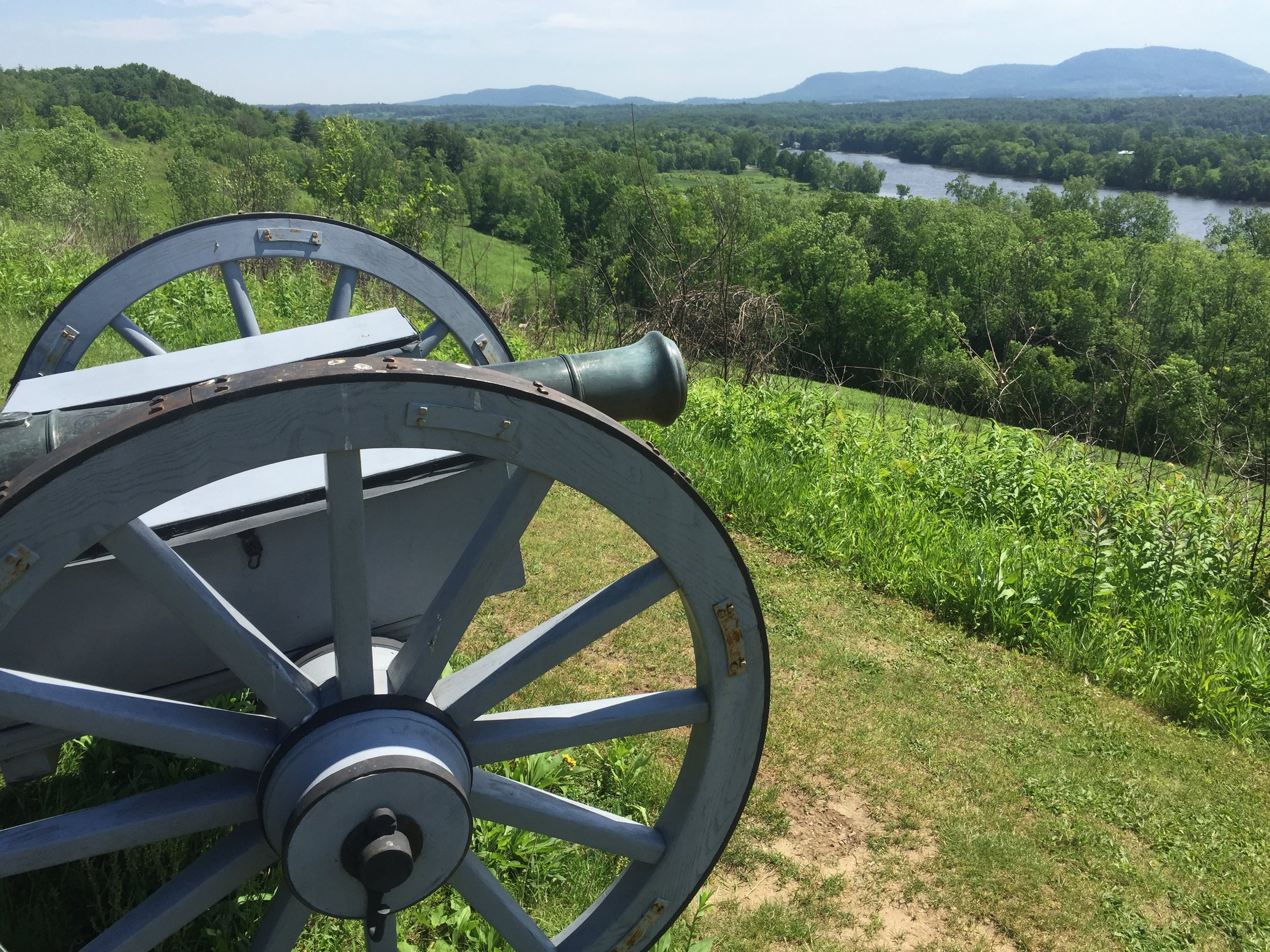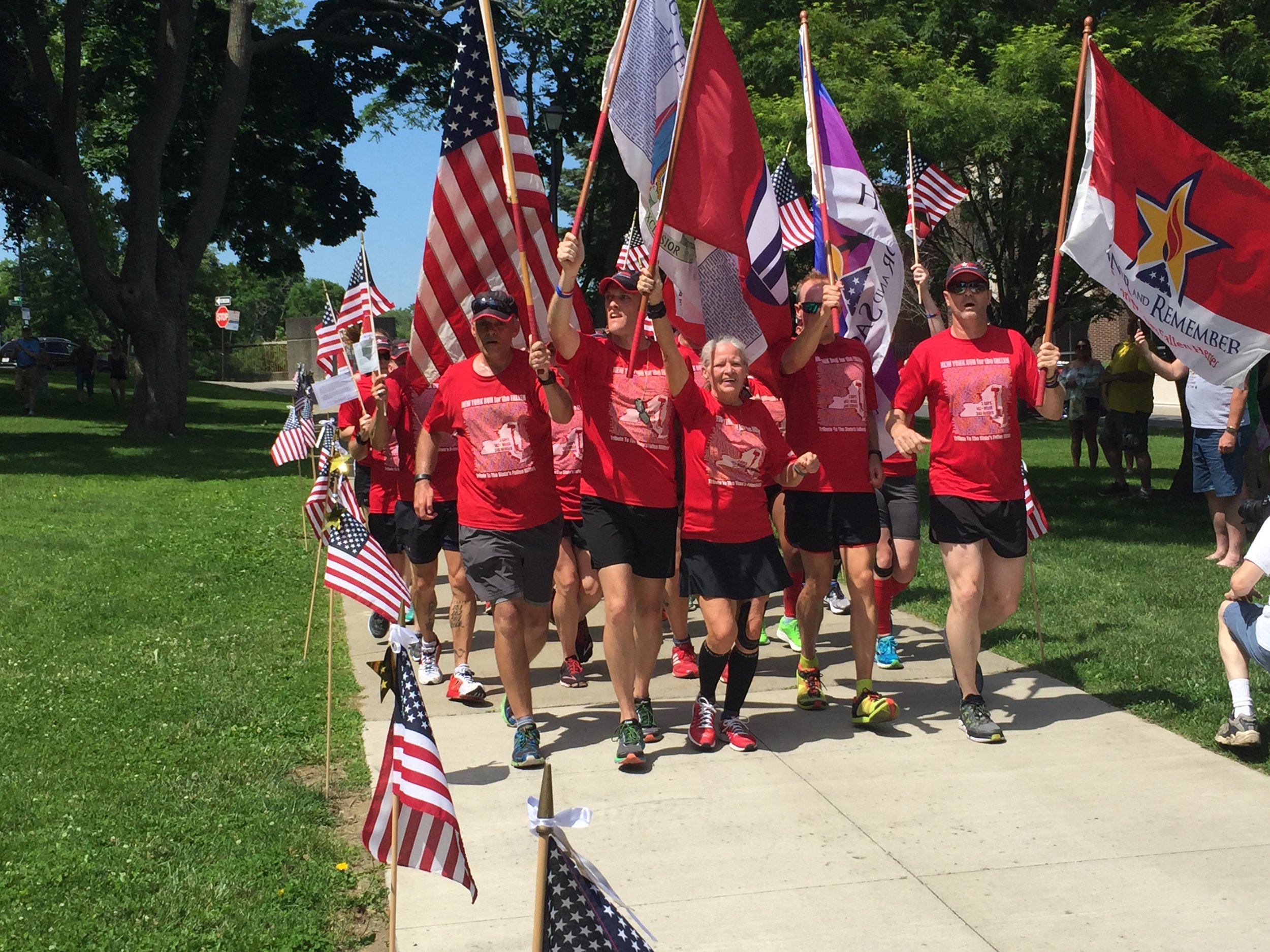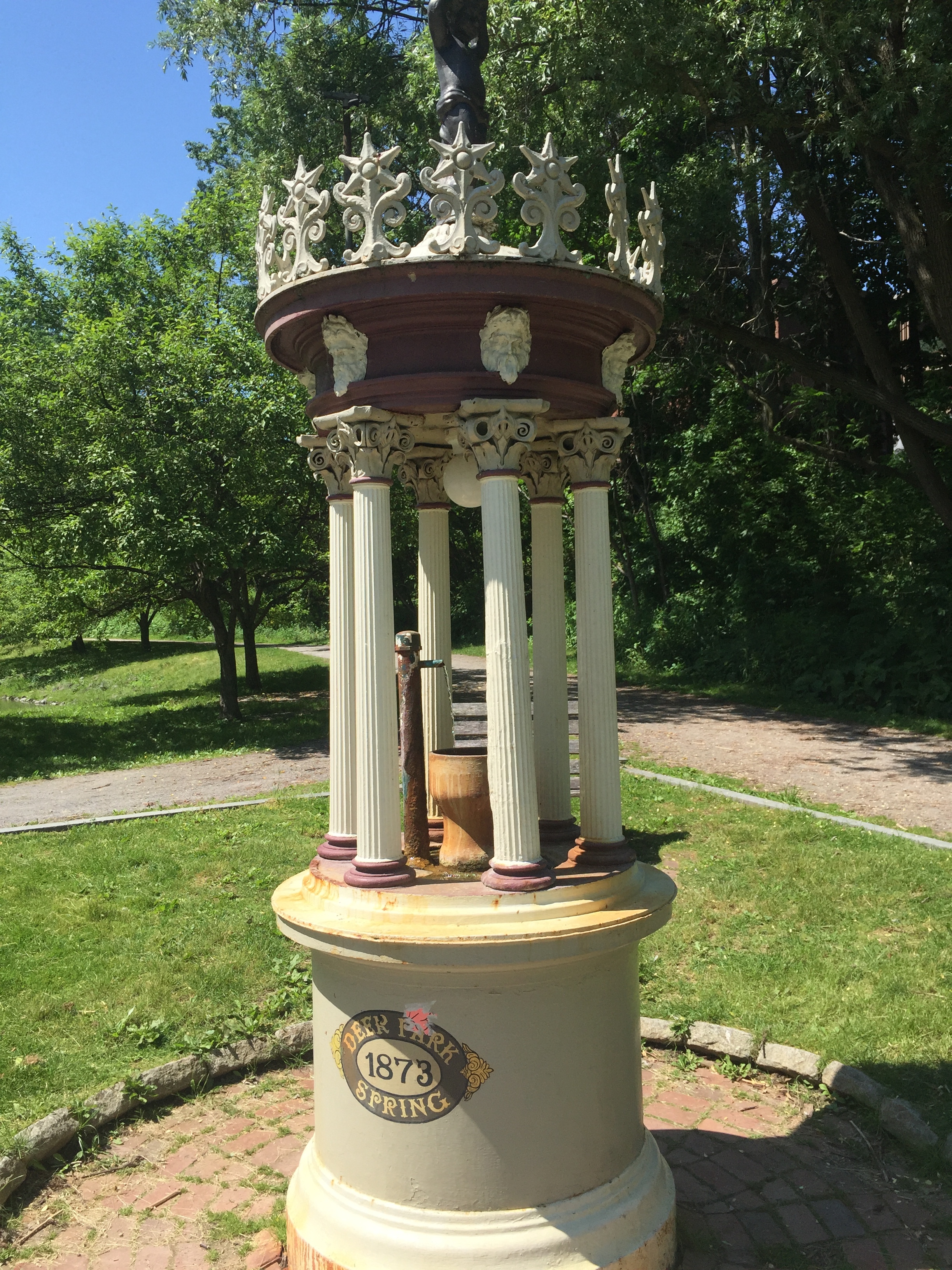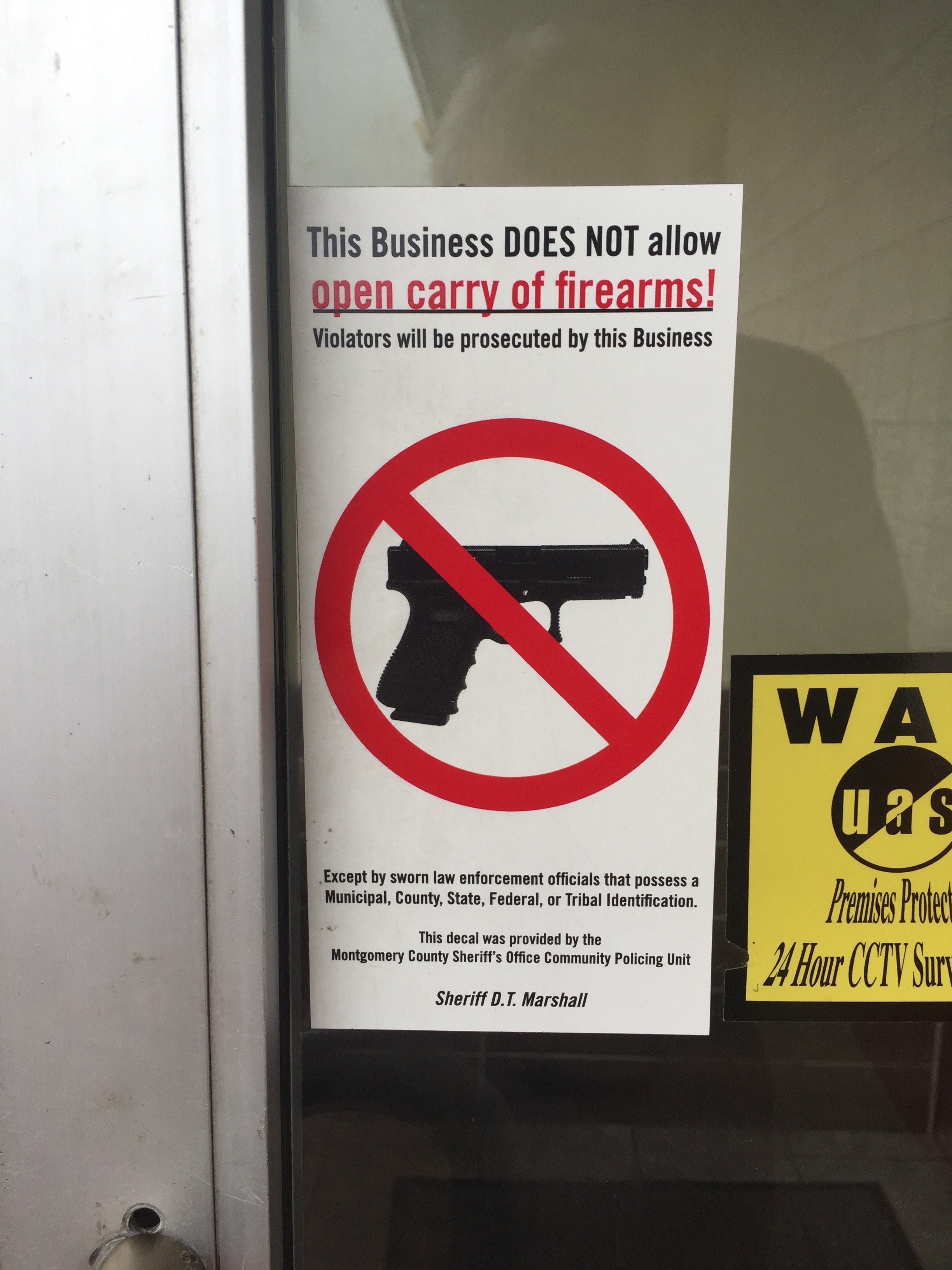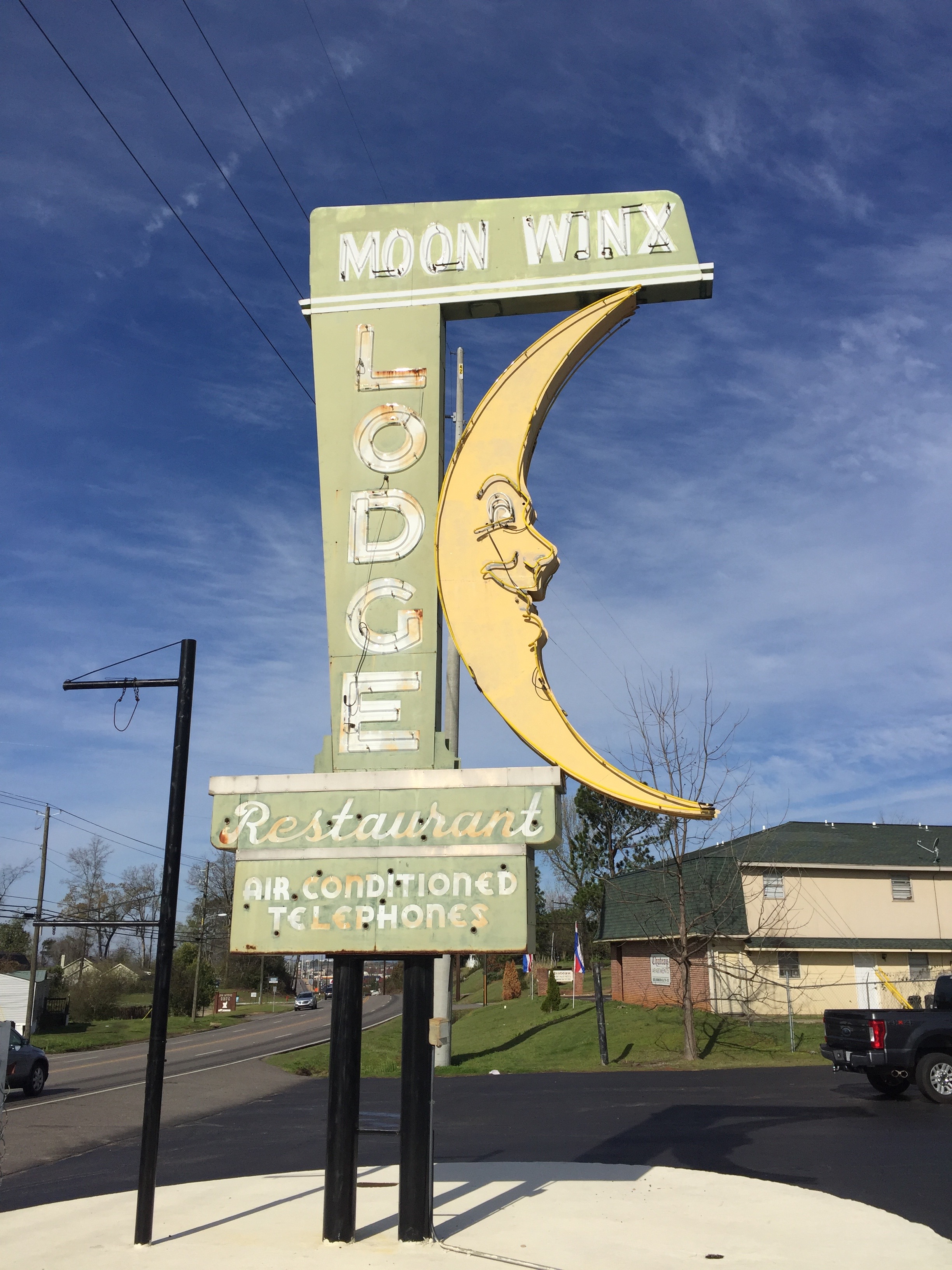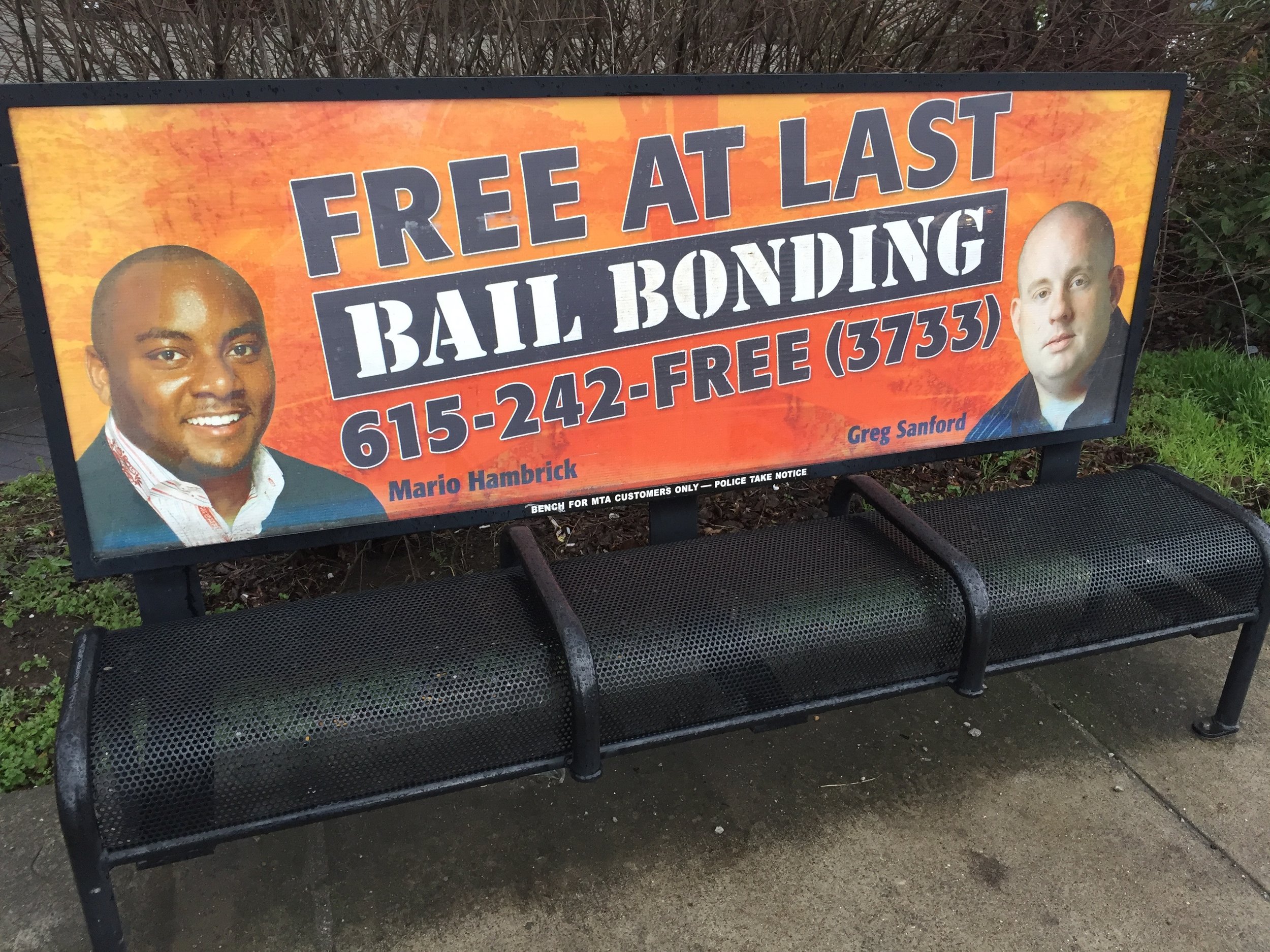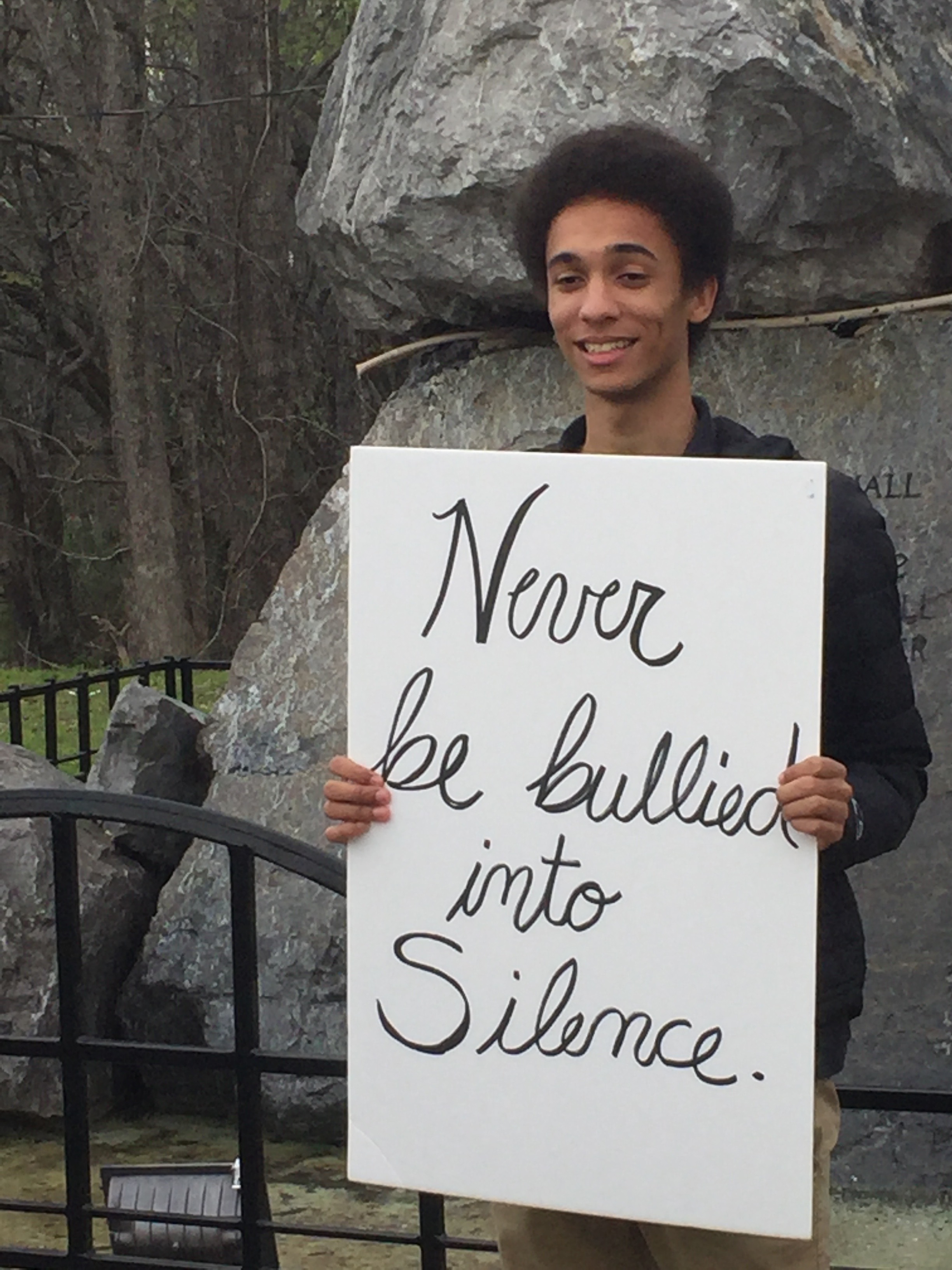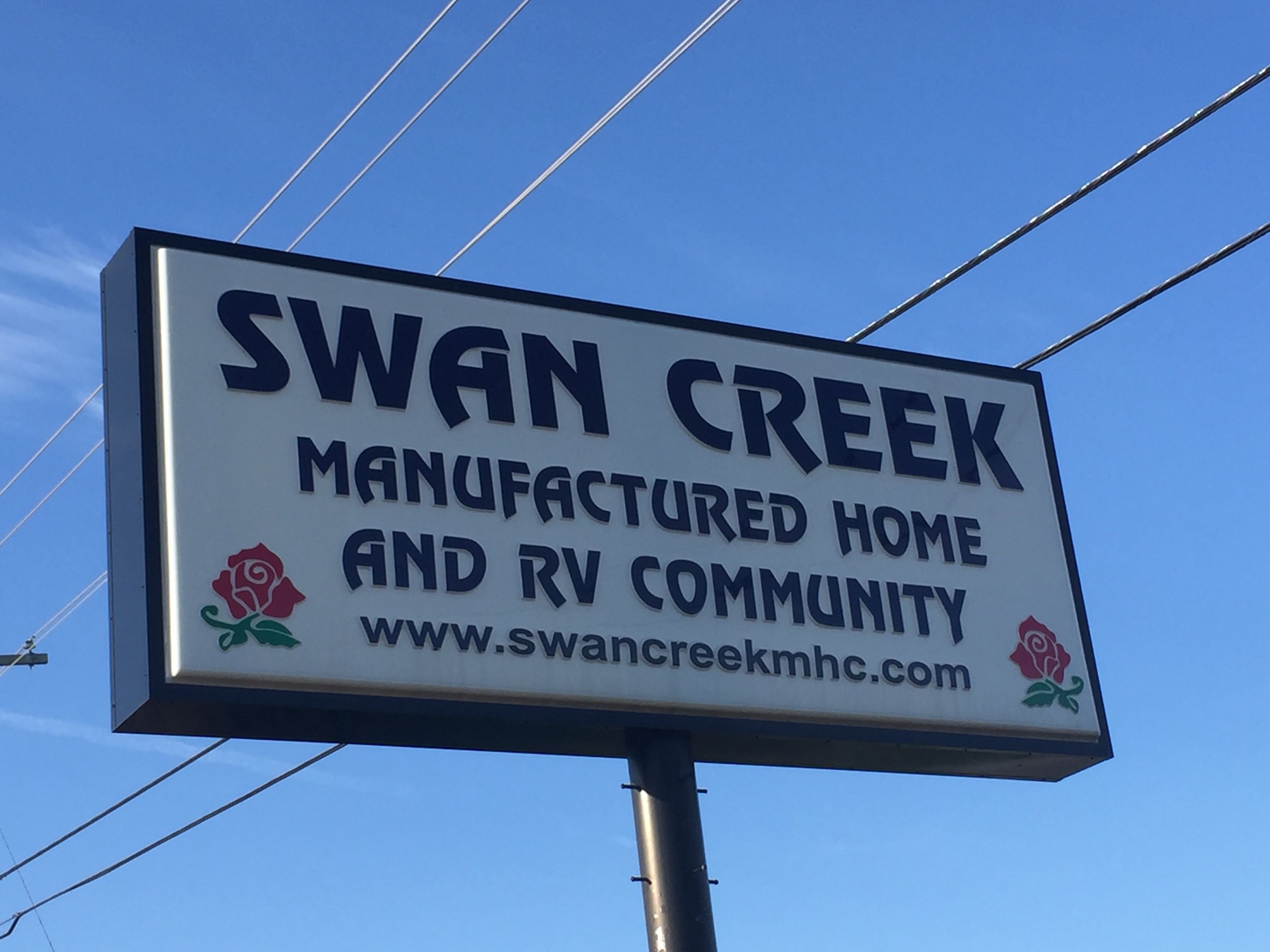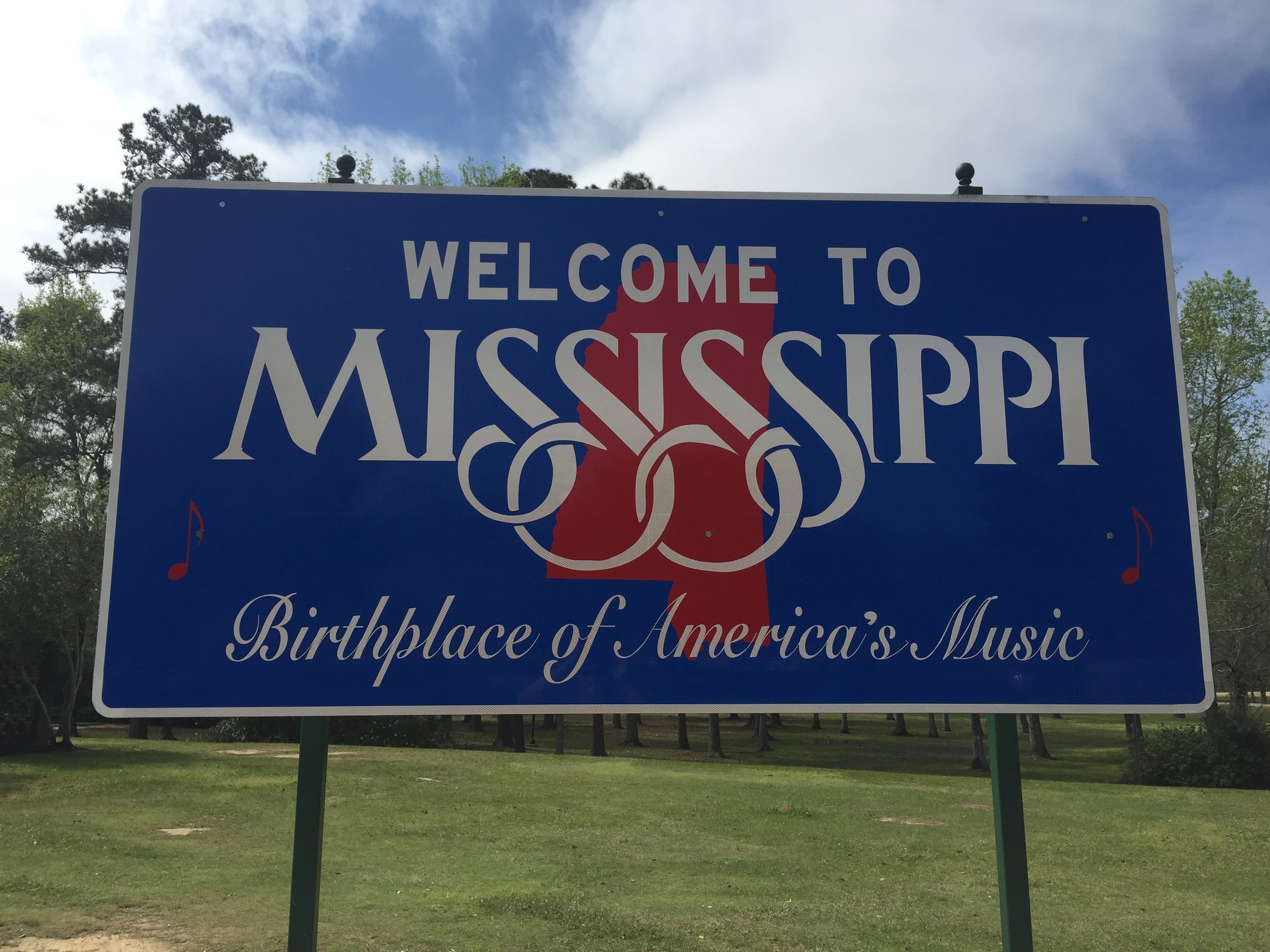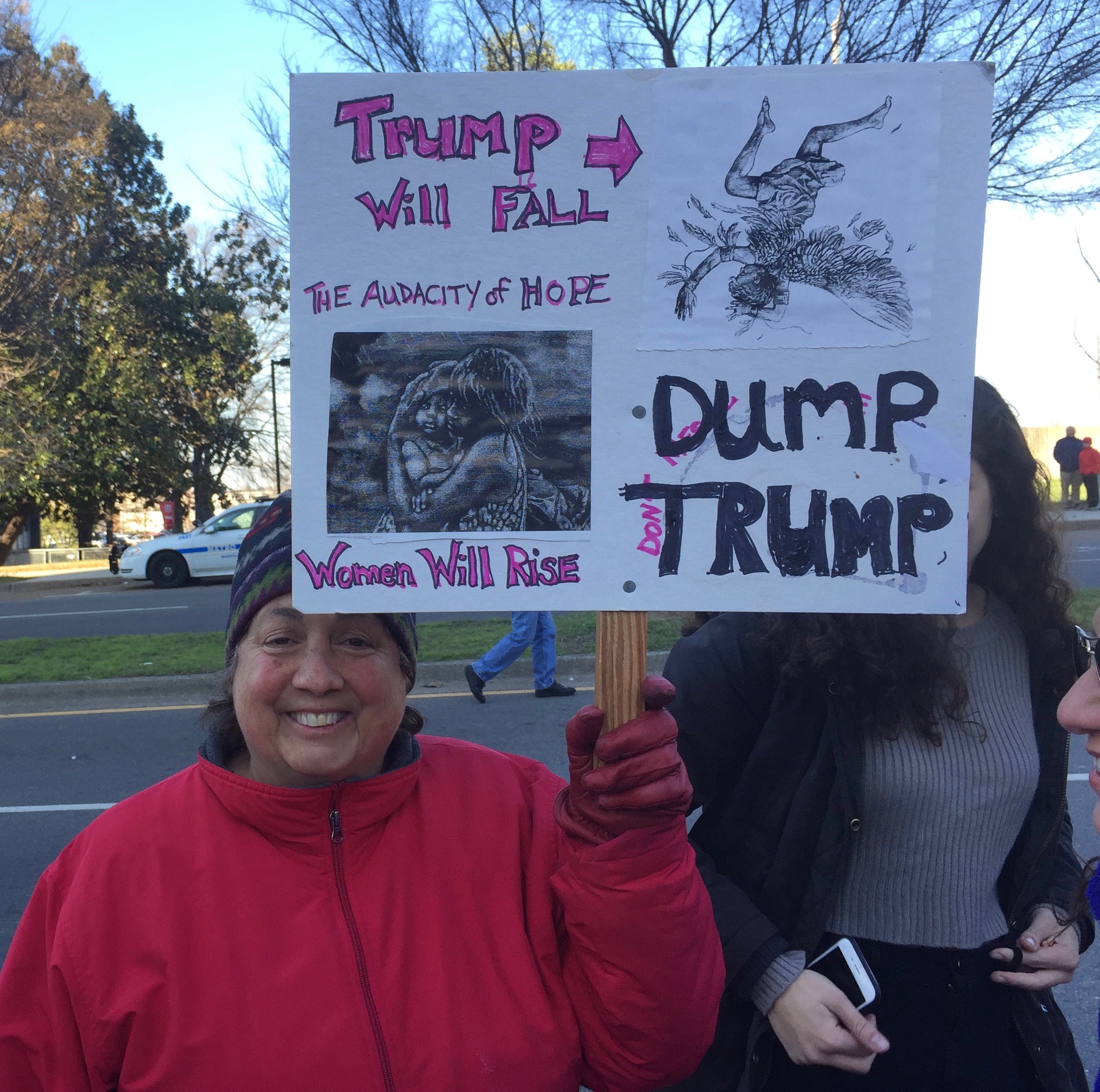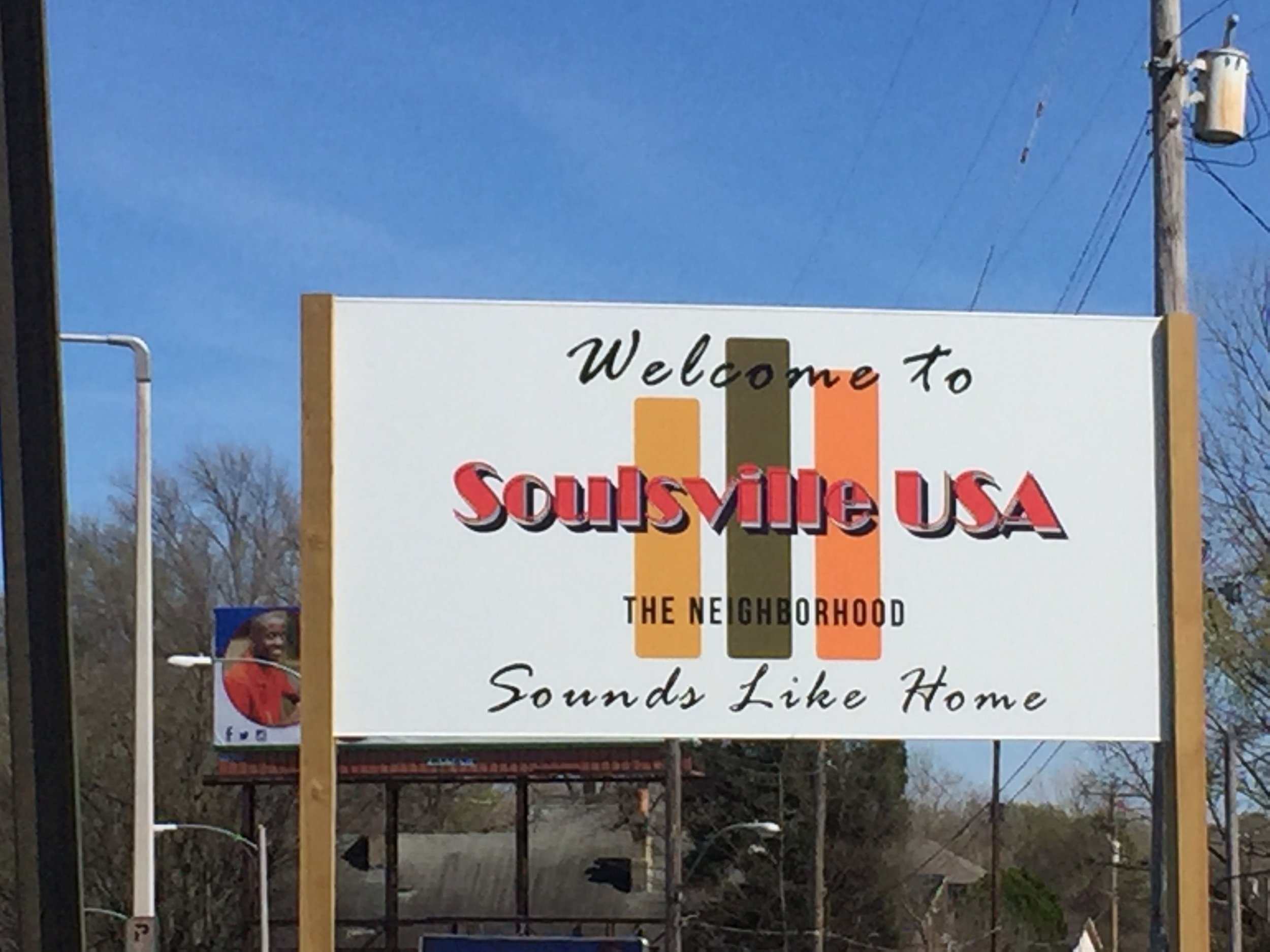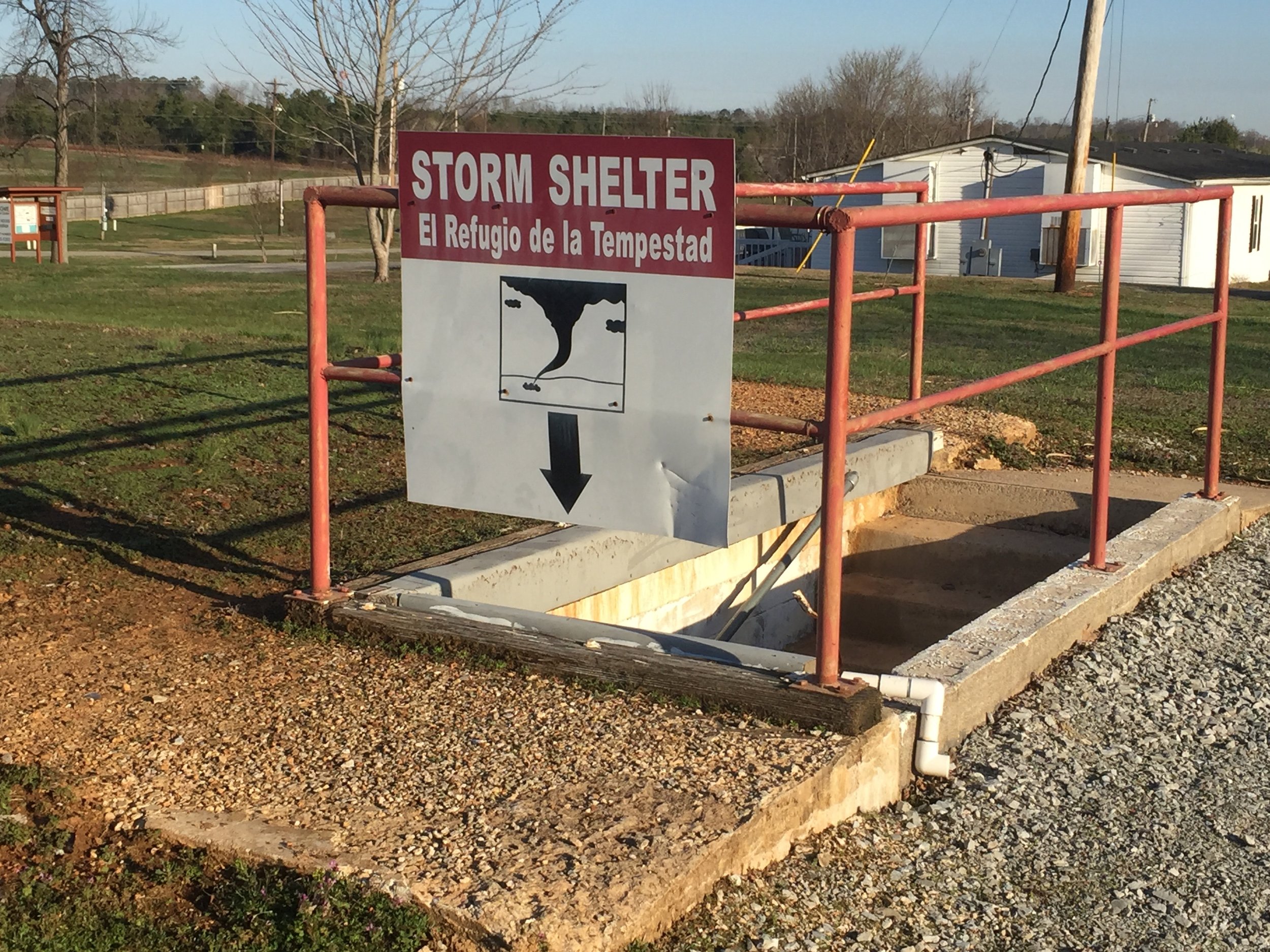New Orleans gives its own flavor to everything it touches. That includes the ongoing debate over what to do about symbols and public art celebrating the Confederacy. New Orleans has just removed four Confederate monuments from prominent perches, prompting predictable cheers and jeers both inside and outside of the Crescent City.
In a speech this week, Mayor Mitch Landrieu put the monuments in context better than I ever could. Here’s a slightly edited transcript of the speech:
By Mitch Landrieu
Mayor, City of New Orleans
The soul of our beloved City is deeply rooted in a history that has evolved over thousands of years; rooted in a diverse people who have been here together every step of the way – for both good and for ill.
It is a history that holds in its heart the stories of Native Americans: the Choctaw, Houma Nation, the Chitimacha. Of Hernando de Soto, Robert Cavelier, Sieur de La Salle, the Acadians, the Islenos, the enslaved people from Senegambia, Free People of Color, the Haitians, the Germans, both the empires of Francexii and Spain. The Italians, the Irish, the Cubans, the south and central Americans, the Vietnamese and so many more.
You see: New Orleans is truly a city of many nations, a melting pot, a bubbling cauldron of many cultures.
There is no other place quite like it in the world that so eloquently exemplifies the uniquely American motto: e pluribus unum — out of many we are one.
But there are also other truths about our city that we must confront. New Orleans was America’s largest slave market: a port where hundreds of thousands of souls were brought, sold and shipped up the Mississippi River to lives of forced labor of misery of rape, of torture.
America was the place where nearly 4,000 of our fellow citizens were lynched, 540 alone in Louisiana; where the courts enshrined ‘separate but equal’; where Freedom riders coming to New Orleans were beaten to a bloody pulp.
So when people say to me that the monuments in question are history, well what I just described is real history as well, and it is the searing truth.
And it immediately begs the questions: why there are no slave ship monuments, no prominent markers on public land to remember the lynchings or the slave blocks; nothing to remember this long chapter of our lives; the pain, the sacrifice, the shame … all of it happening on the soil of New Orleans.
So for those self-appointed defenders of history and the monuments, they are eerily silent on what amounts to this historical malfeasance, a lie by omission.
There is a difference between remembrance of history and reverence of it. For America and New Orleans, it has been a long, winding road, marked by great tragedy and great triumph. But we cannot be afraid of our truth.
As President George W. Bush said at the dedication ceremony for the National Museum of African American History & Culture, “A great nation does not hide its history. It faces its flaws and corrects them.”
So today I want to speak about why we chose to remove these four monuments to the Lost Cause of the Confederacy, but also how and why this process can move us towards healing and understanding of each other.
So, let’s start with the facts.
The historic record is clear: the Robert E. Lee, Jefferson Davis, and P.G.T. Beauregard statues were not erected just to honor these men, but as part of the movement which became known as The Cult of the Lost Cause. This ‘cult’ had one goal — through monuments and through other means — to rewrite history to hide the truth, which is that the Confederacy was on the wrong side of humanity.
First erected over 166 years after the founding of our city and 19 years after the end of the Civil War, the monuments that we took down were meant to rebrand the history of our city and the ideals of a defeated Confederacy.
It is self-evident that these men did not fight for the United States of America. They fought against it. They may have been warriors, but in this cause they were not patriots.
These statues are not just stone and metal. They are not just innocent remembrances of a benign history. These monuments purposefully celebrate a fictional, sanitized Confederacy; ignoring the death, ignoring the enslavement, and the terror that it actually stood for.
After the Civil War, these statues were a part of that terrorism as much as a burning cross on someone’s lawn; they were erected purposefully to send a strong message to all who walked in their shadows about who was still in charge in this city.
Should you have further doubt about the true goals of the Confederacy, in the very weeks before the war broke out, the Vice President of the Confederacy, Alexander Stephens, made it clear that the Confederate cause was about maintaining slavery and white supremacy.
He said in his now famous ‘Cornerstone speech’ that the Confederacy’s “cornerstone rests upon the great truth, that the negro is not equal to the white man; that slavery — subordination to the superior race — is his natural and normal condition. This, our new government, is the first, in the history of the world, based upon this great physical, philosophical, and moral truth.”
Now, with these shocking words still ringing in your ears, I want to try to gently peel from your hands the grip on a false narrative of our history that I think weakens us and make straight a wrong turn we made many years ago so we can more closely connect with integrity to the founding principles of our nation and forge a clearer and straighter path toward a better city and more perfect union.
Last year, President Barack Obama echoed these sentiments about the need to contextualize and remember all of our history. He recalled a piece of stone, a slave auction block engraved with a marker commemorating a single moment in 1830 when Andrew Jackson and Henry Clay stood and spoke from it.
President Obama said, “Consider what this artifact tells us about history … on a stone where day after day for years, men and women … bound and bought and sold and bid like cattle on a stone worn down by the tragedy of over a thousand bare feet. For a long time the only thing we considered important, the singular thing we once chose to commemorate as history with a plaque were the unmemorable speeches of two powerful men.”
A piece of stone – one stone. Both stories were history. One story told. One story forgotten or maybe even purposefully ignored.
As clear as it is for me today … for a long time, even though I grew up in one of New Orleans’ most diverse neighborhoods, even with my family’s long proud history of fighting for civil rights … I must have passed by those monuments a million times without giving them a second thought.
So I am not judging anybody, I am not judging people. We all take our own journey on race. I just hope people listen like I did when my dear friend Wynton Marsalis helped me see the truth. He asked me to think about all the people who have left New Orleans because of our exclusionary attitudes.
Another friend asked me to consider these four monuments from the perspective of an African American mother or father trying to explain to their fifth grade daughter who Robert E. Lee is and why he stands atop of our beautiful city. Can you do it?
Can you look into that young girl’s eyes and convince her that Robert E. Lee is there to encourage her? Do you think she will feel inspired and hopeful by that story? Do these monuments help her see a future with limitless potential? Have you ever thought that if her potential is limited, yours and mine are too?
We all know the answer to these very simple questions.
When you look into this child’s eyes is the moment when the searing truth comes into focus for us. This is the moment when we know what is right and what we must do. We can’t walk away from this truth.
And I knew that taking down the monuments was going to be tough, but you elected me to do the right thing, not the easy thing and this is what that looks like. So relocating these Confederate monuments is not about taking something away from someone else. This is not about politics, this is not about blame or retaliation. This is not a naïve quest to solve all our problems at once.
This is, however, about showing the whole world that we as a city and as a people are able to acknowledge, understand, reconcile and, most importantly, choose a better future for ourselves, making straight what has been crooked and making right what was wrong.
Otherwise, we will continue to pay a price with discord, with division, and yes, with violence.
To literally put the confederacy on a pedestal in our most prominent places of honor is an inaccurate recitation of our full past, it is an affront to our present, and it is a bad prescription for our future.
History cannot be changed. It cannot be moved like a statue. What is done is done. The Civil War is over, and the Confederacy lost and we are better for it. Surely we are far enough removed from this dark time to acknowledge that the cause of the Confederacy was wrong.
And in the second decade of the 21st century, asking African Americans — or anyone else — to drive by property that they own; occupied by reverential statues of men who fought to destroy the country and deny that person’s humanity seems perverse and absurd.
Centuries-old wounds are still raw because they never healed right in the first place.
Here is the essential truth: we are better together than we are apart. Indivisibility is our essence. Isn’t this the gift that the people of New Orleans have given to the world?
We radiate beauty and grace in our food, in our music, in our architecture, in our joy of life, in our celebration of death; in everything that we do. We gave the world this funky thing called jazz; the most uniquely American art form that is developed across the ages from different cultures.
Think about second lines, think about Mardi Gras, think about muffaletta, think about the Saints, gumbo, red beans and rice. By God, just think. All we hold dear is created by throwing everything in the pot; creating, producing something better; everything a product of our historic diversity.
We are proof that out of many we are one — and better for it! Out of many we are one — and we really do love it!
Now is the time to send a new message to the next generation of New Orleanians … A message about the future, about the next 300 years and beyond; let us not miss this opportunity New Orleans and let us help the rest of the country do the same. Because now is the time for choosing. Now is the time to actually make this the City we always should have been, had we gotten it right in the first place.
We should stop for a moment and ask ourselves — at this point in our history, after Katrina, after Rita, after Ike, after Gustav, after the national recession, after the BP oil catastrophe and after the tornado — if presented with the opportunity to build monuments that told our story or to curate these particular spaces … would these monuments be what we want the world to see? Is this really our story?
We have not erased history; we are becoming part of the city’s history by righting the wrong image these monuments represent and crafting a better, more complete future for all our children and for future generations.
And unlike when these Confederate monuments were first erected as symbols of white supremacy, we now have a chance to create not only new symbols, but to do it together, as one people.
In our blessed land we all come to the table of democracy as equals.
Instead of revering a 4-year brief historical aberration that was called the Confederacy we can celebrate all 300 years of our rich, diverse history as a place named New Orleans and set the tone for the next 300 years.
The Confederacy was on the wrong side of history and humanity. It sought to tear apart our nation and subjugate our fellow Americans to slavery. This is the history we should never forget and one that we should never again put on a pedestal to be revered.
As a community, we must recognize the significance of removing New Orleans’ Confederate monuments. It is our acknowledgment that now is the time to take stock of, and then move past, a painful part of our history. Anything less would render generations of courageous struggle and soul-searching a truly lost cause.
Anything less would fall short of the immortal words of our greatest President Abraham Lincoln, who with an open heart and clarity of purpose calls on us today to unite as one people when he said:
“With malice toward none, with charity for all, with firmness in the right as God gives us to see the right, let us strive on to finish the work we are in, to bind up the nation’s wounds, to do all which may achieve and cherish: a just and lasting peace among ourselves and with all nations.”






